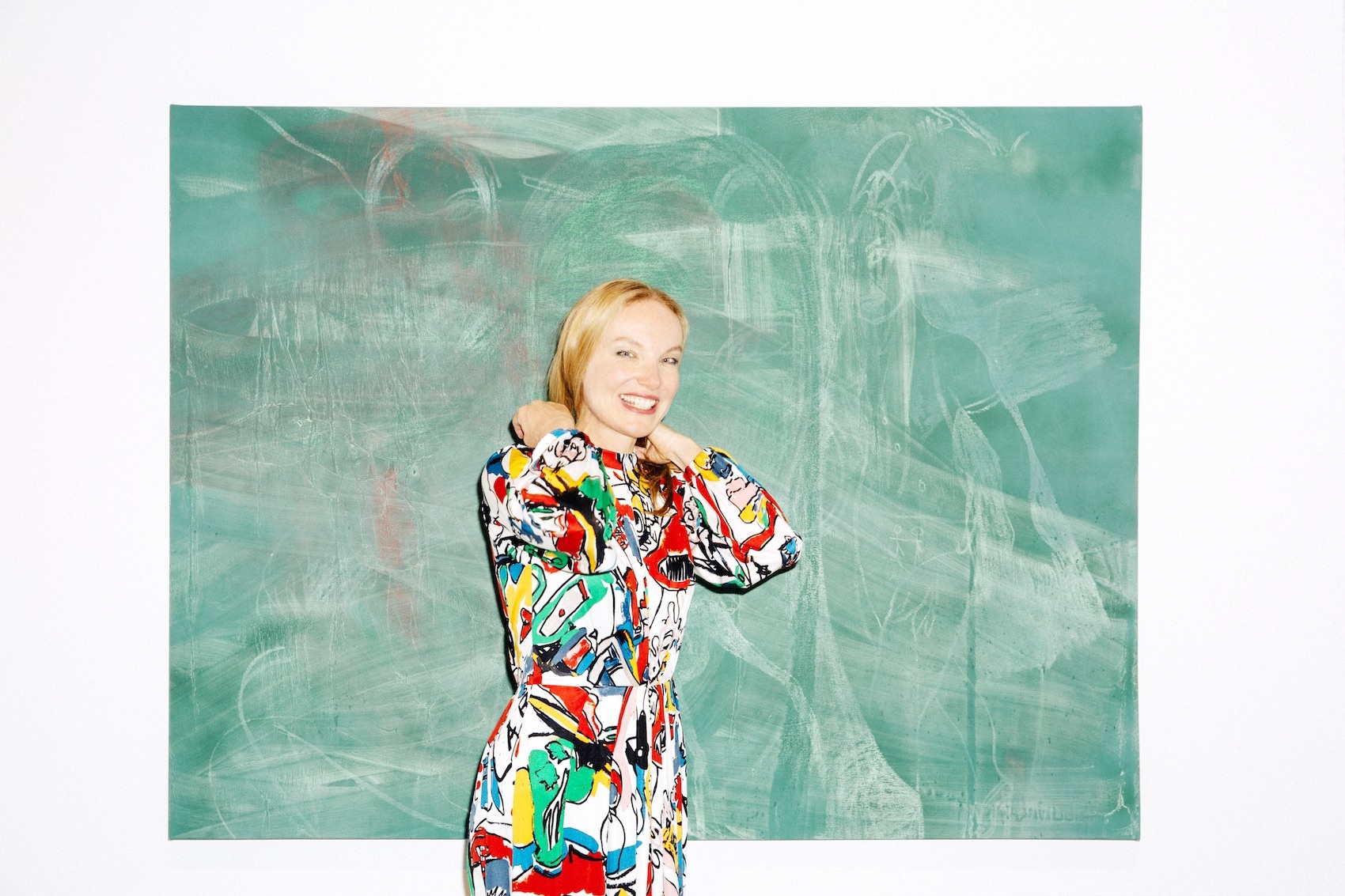If the images in contemporary painter Rita Ackermann’s new book shock you, then they’ve achieved their purpose. Ackermann created the 33 mixed-media pieces in Jezebels using images of naked gun-toting girls taken by legendary photographer Richard Kern, layering them with her own textured brushstrokes. The goal of the collaborative project: holding up a mirror to the imagery of sex and guns we face daily, and asking what exactly it’s doing to our youth.
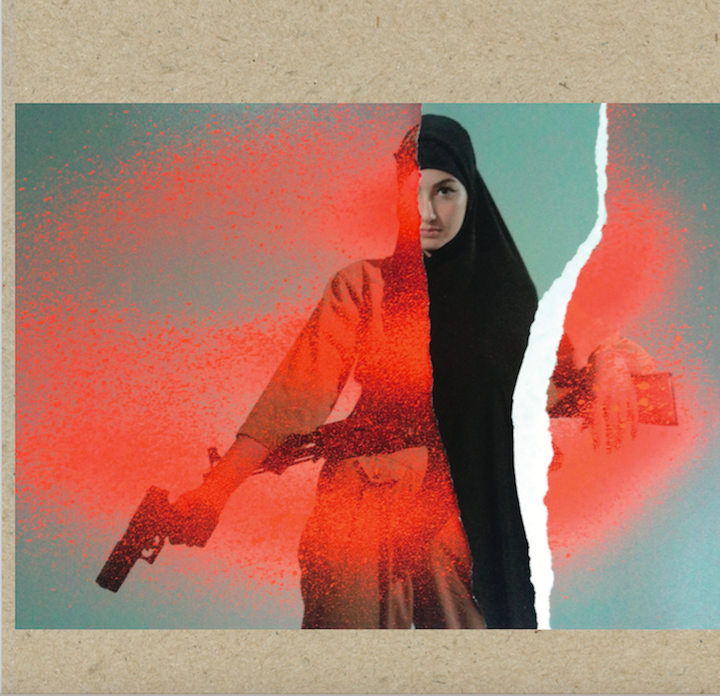
Ackermann’s striking abstract paintings combine with Kern’s starkly literal photographs of girls wearing hijabs to create a surreal form of political commentary. The images critique modern vices such as social media obsession, radicalism, and post-9/11 rhetoric. According to Jeffrey Grunthaner, a writer and curator who contributed an essay to the book, Jezebels addresses how “sex can mingle with violence in ways other needs cannot. The revolting, the destructive, the unpleasant, are not what we associate with alienation, for example.” He continues, “[Jezebels] is a kind of backdrop prepared for the inauguration of violence, at least psychologically as an accoutrement of fantasy. The nakedness of the girls is guarded; however suggestive, they’re well defended.”
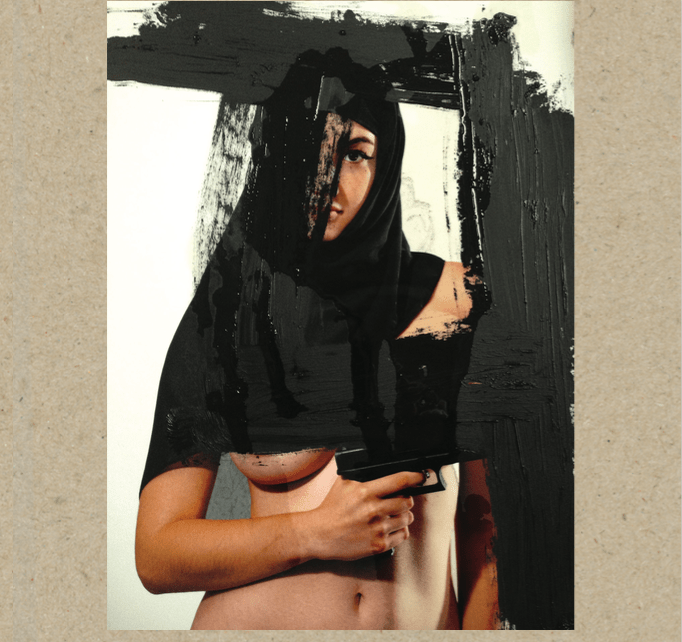
The original inspiration for Jezebels, Ackermann’s large-scale 2002 painting Restlessness and Angry Optimism, is now on display at Chicago’s Soccer Club Club, along with the 33 prints from the book. The show follows on from an exhibition of the work at Los Angeles’ FARAGO last March.
i-D sat down with Ackermann to discuss exactly what the word “jezebel” means today.
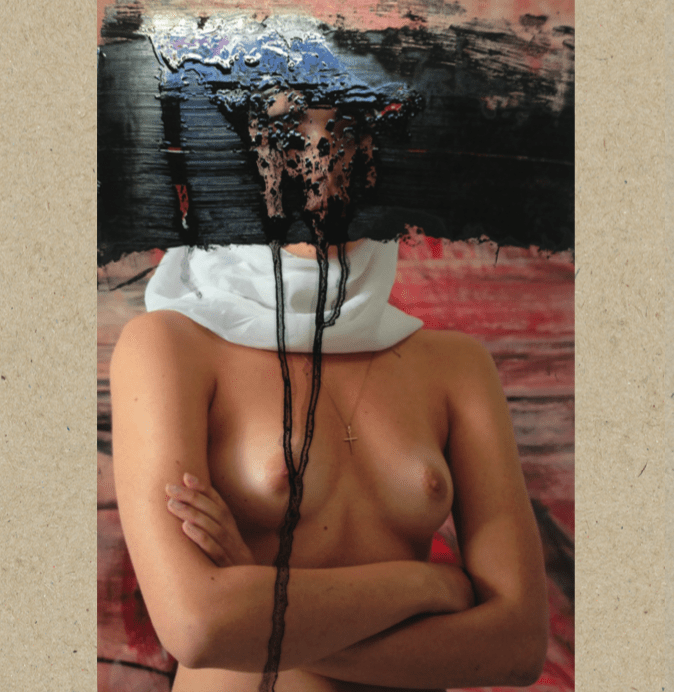
What inspired Jezebels?
The best part of Jezebels is the essays [in the book, by art academics Donatien Grau, Emaneule Coccia, and Jeffrey Grunthaner]. They verbalize the artistic, aesthetic, and political backdrops for the project. But for me, Jezebels started from a painting that I did in 2002. It was titled Restlessness and Angry Optimism. It was a painting of two girls with guns and no clothes on, standing around in nature. I don’t really know what the motivation behind the painting was, I was just under the influence of this book by Dostoevsky, Demons. But it was very related to September 11. Coming from a communist country [Hungary], I totally agree with [Dostoevsky] about this total radicalization of Western youth. Jezebels‘ concept was also inspired by what I saw on a Jihadist girl’s Facebook. It was a typical stick figure cartoon that showed what it meant for her to be a Jihadist girl, all covered up in black, thinking of guns and Allah. Then she was next to a Western girl, a stick figure with bleached blond hair and makeup thinking of boys and martinis. It was scary and funny, though also not really funny at all. I thought of that combined with all the social media involved with youth. Kids gotta be ultra tough and smart to figure out their ways to elevate above the general garbage and dumbness that is thrown at them daily.
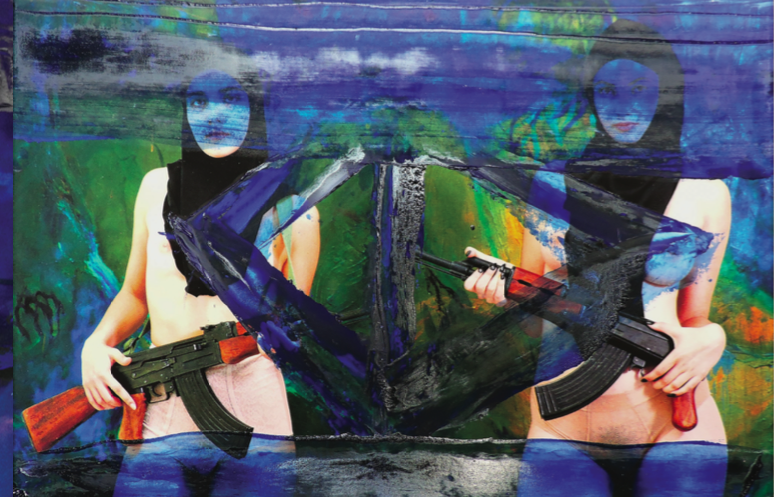
What do you hope people take away from the book?
The imagery is political soft porn. All of the rougher meanings are hazed by beautiful naked bodies and paint. There is nothing new about this idea. It’s such a cliche: guns and sex. They’re shoved into our faces every day any direction we turn our heads. Jezebels could be a page ripped out of a magazine and put on your wall.
To what extent are the images erotic?
They are erotic. That’s something that I put into my work and I don’t even consciously go for it, really. I’m not intentionally eroticizing things, it’s just part of my work. It’s always there. It’s just my vocabulary.
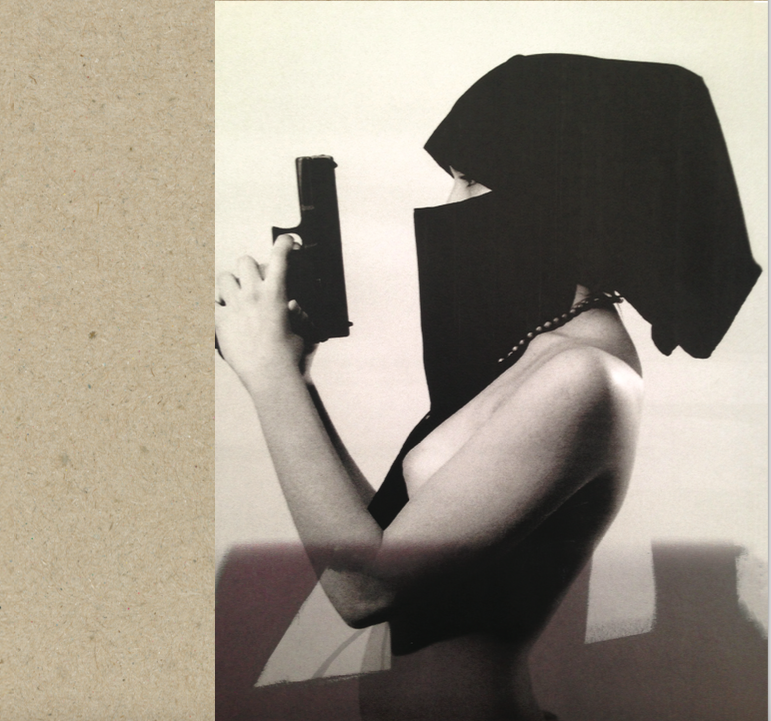
What interested you about the word “jezebels”?
It’s such a strange word. It sounds so good and exotic. But then I started researching who and what jezebels are, and what that name means in our culture. It comes from biblical times. There’s a biblical character, Jezebel, who was thrown out of a court window for being manipulative and using her body for seductive behavior. It’s really interesting how in some strange and accidental ways, “jezebel” describes a precarious woman, but also a very seductive woman. You’re being precarious, and that does something to your community or your country. Then she’s punished for that. These images, they are seductive. They are erotic. But they’re also the type of image that we don’t even notice anymore. I was reading a Vanity Fair article on an airplane recently about girls that do different sex acts with their body to pay the rent. It’s become such a popular way of making money amongst girls. I was thinking about that too.
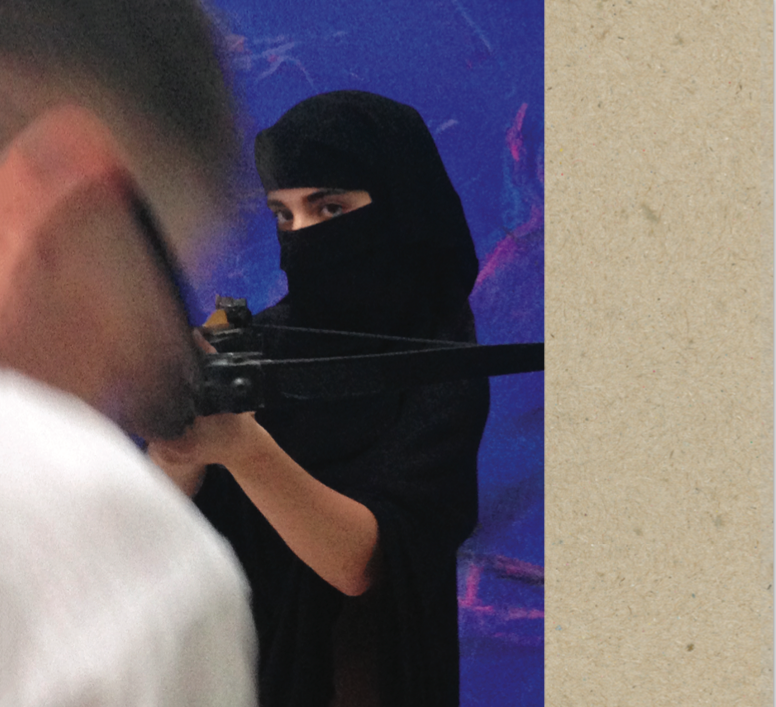
How did the paintings in the book develop from those ideas?
I started the book with the approach that it was a side project, but as side projects go, it really became a part of the body of my work. I always get inspired by older chapters, and that’s exactly what has happened with this. It was inspired by old paintings of mine, and then the photoshoot came at the same time with the paintings.
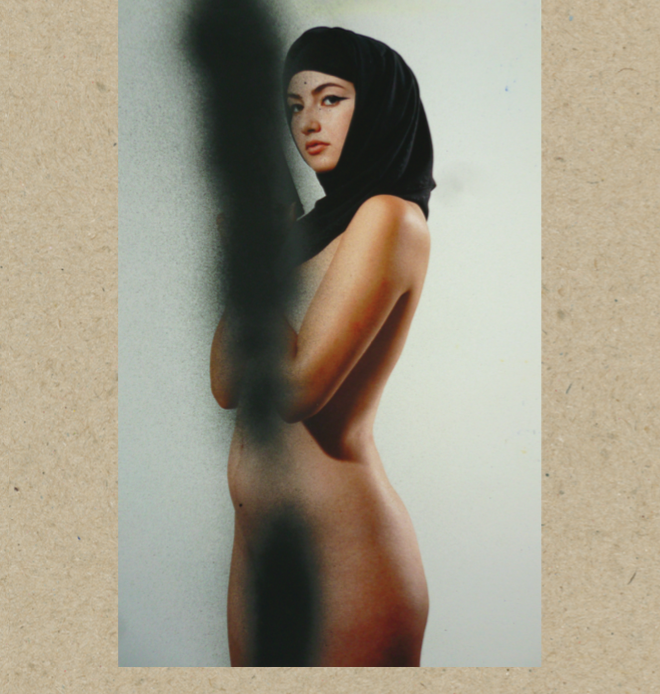
Why did you choose to put hijabs on some of the models?
Richard and I collaborated on the shoot. I had the idea that I would style the images, and he would take the photos. I have complete trust in Richard to bring in the right girls and take the right picture. We’ve had a long friendship. What I love about his photography is that he doesn’t take sex or himself too seriously but he takes photography very seriously. He seems to me more of a conceptualist than a photographer. It was fun to watch how he directed the girls sort of like soldiers.
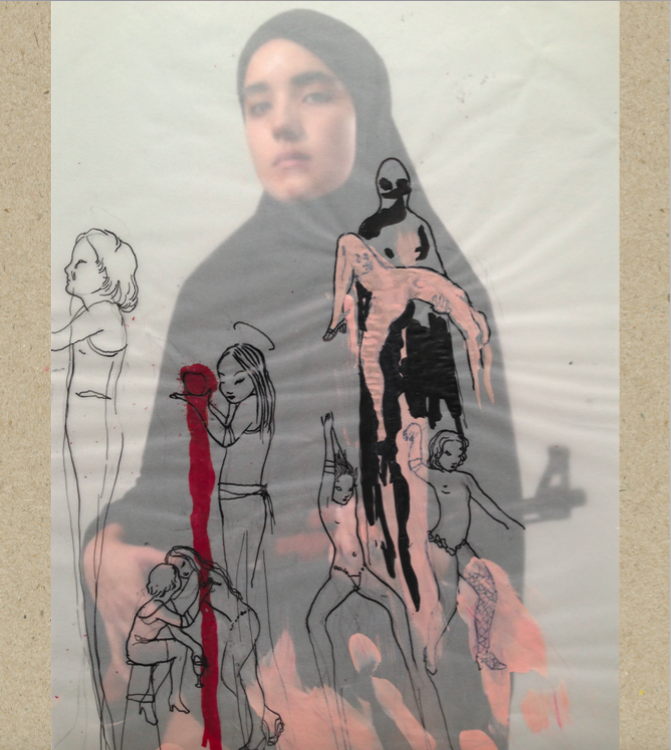
Credits
Text Annie Armstrong
Portrait Alex Aristei
All images courtesy of the artist
